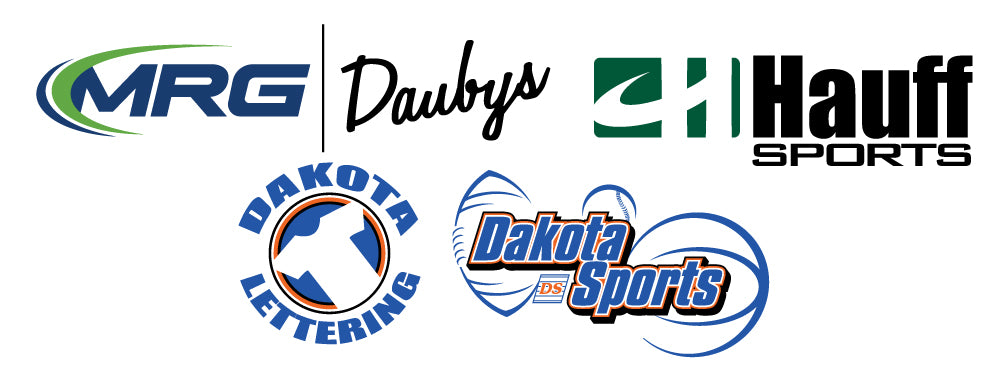Because doubling your revenue shouldn’t mean tripling your Advil intake
Scaling your business is exciting. You're growing! People want what you're selling! You’re almost ready to order “CEO” socks.
But here's the tricky part: scaling can turn into a dumpster fire if you're not careful.
One minute, you’re celebrating new sales… the next, you’re duct-taping processes, drowning in emails, and wondering if sleep is something you used to enjoy.
So, how do you scale without accidentally torching the whole operation?
Here’s how to grow your business intentionally, sustainably, and with minimal screaming into the void.
1. Fix the Leaky Pipes First
Before you pour water into a bucket, check for holes.
The same goes for business.
Scaling with broken systems is like putting a turbo engine on a shopping cart. Sure, it’s fast… but it won’t end well.
Ask yourself:
- What’s already creaking under pressure?
- Which tasks break when things get busy?
- Are you still doing things manually that could be automated? (Looking at you, spreadsheet czars.)
Patch the leaks now, while they’re small. Future You will send a thank-you note.
2. Document Everything Like You’re Leaving for Mars
If your entire business process lives in your head—or worse, scribbled on sticky notes—you’re not ready to scale.
You need systems. Checklists. SOPs (Standard Operating Procedures).
Think:
- “Here’s how we onboard a new client”
- “Here’s how we ship an order”
- “Here’s how we stop Karen from redoing everything last-minute”
The goal is to create a playbook that anyone can follow, so when you hire someone, you’re not training them with interpretive dance.
3. Hire Before You’re Desperate (Seriously)
Waiting until you’re drowning to hire is like buying an umbrella after it starts raining.
As you grow, identify the bottlenecks early. Are you doing too much customer service? Fulfillment? Sales follow-up? Whatever eats the most time—and creates the most chaos—needs backup before it explodes.
Hire smart. Train them well.
Bonus: if you’ve documented your processes (see point #2), onboarding won’t feel like herding caffeinated squirrels.
4. Say No to the Wrong Opportunities
Not every opportunity is a good one.
Some are disguised migraines.
As you grow, shiny offers will appear:
- “Can you also offer this completely unrelated service?”
- “We want to order 10,000 units… but with 93 custom changes.”
- “Let’s partner on something vague and unpaid!”
Growth should align with your core strengths—not derail your focus. If a deal forces you to reinvent your business model on the fly, it’s not scaling—it’s survival mode in a fancier outfit.
5. Use Tech Like a 21st-Century Human
You don’t have to be a Silicon Valley wizard to use good tools.
As you scale, your tech should work with you:
- CRM to manage customers
- Project management tools to track tasks
- Automation for emails, reminders, and workflows
- Cloud storage so you’re not emailing yourself PDFs at midnight
Every hour saved is fuel for growth. Don’t hoard the busywork—eliminate it.
6. Track What Actually Matters
More growth = more numbers. But don’t drown in metrics.
Focus on the ones that drive decisions:
- Revenue vs. profit (Yes, there’s a difference.)
- Customer acquisition cost
- Retention rate
- Capacity (How much can your team handle without losing it?)
If your only metric is “vibe,” you’ll scale straight into chaos.
Final Thought: Scale With Intention, Not Just Adrenaline
Growth is great. But not all growth is smart.
Scaling without structure is like building a tower on pudding. Looks fine until it doesn’t. So build the foundation, train the team, automate what you can, and protect your sanity.
Because a business that grows and runs smoothly?
That’s the real flex.


